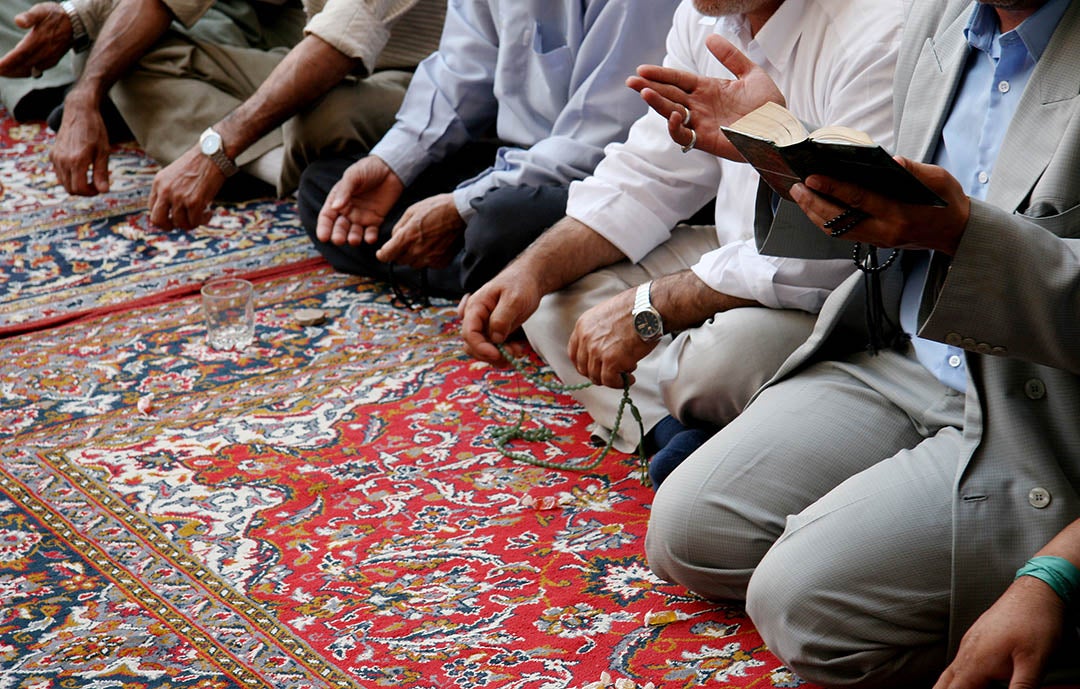The Religion & Society Program at the Aspen Institute has worked for nearly a decade to bring practitioners, academics, and funders into a relationship with each other.
I remember the first meeting in Washington, DC, in late 2012 where we sat around a table talking about all the possibilities of what we could do if we started to identify each other as co-laborers and co-creators of an America that was more religiously plural and thriving. While there is still some level of fragmentation amongst those who do this work, the greatest contribution of the Program has been to move from the world of “what is possible” to one that makes the possible a reality. Individuals who have been advancing their work in their own way are now able to see a much broader landscape, articulate a broader frame, see small individual networks of affinity grow into a rich field of many layers and players, all with a much greater appreciation for the contributions others are making to achieve the shared goals of religious inclusion and flourishing.
It remains a challenge that we have few occasions to work collectively on things that would advance our strategic goals. We need greater funder alignment and investment, and we need increased opportunities for collective collaborative work. Many of the people who work in this arena do so as a core part of who they are. However, their work on religious pluralism is peripheral to their day job, which they are paid to do. For the leaps and bounds necessary to advance the field of religious pluralism, we need opportunities for this to move from work that passionate people do on an ad hoc basis when they can carve out time, to work that is at the center of more organizations and more jobs. That will allow us to build a more flourishing ecosystem rather than one that is resource-scarce but passion-rich.
Brie Loskota is the executive director of the Martin Marty Center for the Public Understanding of Religion at the University of Chicago Divinity School and a former Religion & Society program fellow.


